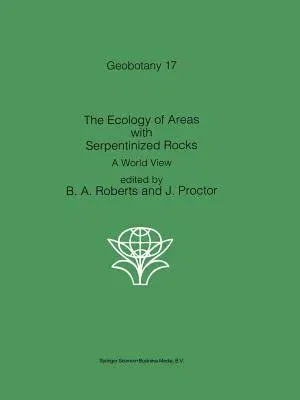B. A. ROBERTS&J. PROCTOR The term 'serpentine' referring to rocks and
min- of each of the polymorphs. These conditions in- erals, can be
traced back to the ancient Roman clude temperatures of generally less
than 530°C, era of Dioscorides (A. D. 50) (Faust & Fahey and fluid pH's
in excess of 10 with low pC02- Serpentine protoliths are essentially
ultramafic 1962) and they suggest that the speckled colour of serpents
and the fact that Dioscorides recom- rocks which fall into a number of
categories: (a) mended it for the prevention of snakebite as two
stratiform complexes, (b) concentrically zoned complexes, (c) ophiolite
complexes and, (d) high- of many origins of the name. It is well known
that the use of serpentinized rocks by sculptors temperature peridotite
complexes. The most and carvers since ancient times is a tradition that
commonly recognized are generally assigned to the ophiolite suite
(Malpas, Ch. 2, this is still carried on today (Fig. 1). The differences
in chemical composition of serpentinized rocks volume) and occur in most
fold-mountain belts are many and specimens come in a wide range of of
the world. Serpentinized ultramafic rocks attractive solid and mixed
colours, e. g., red, H4(MgFe hSi20 9, approximate composition) green,
blue and black.

